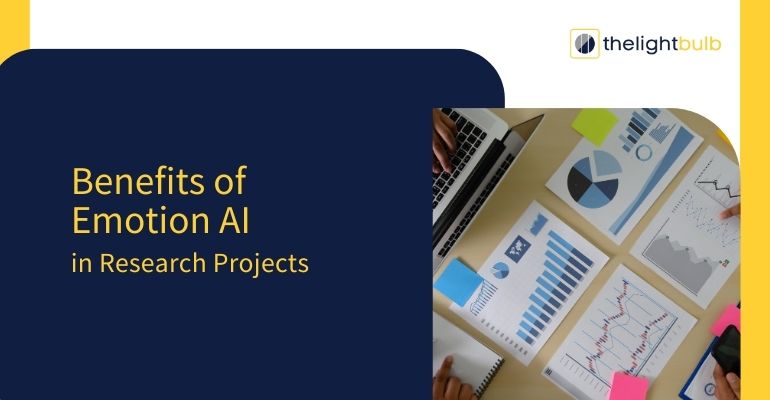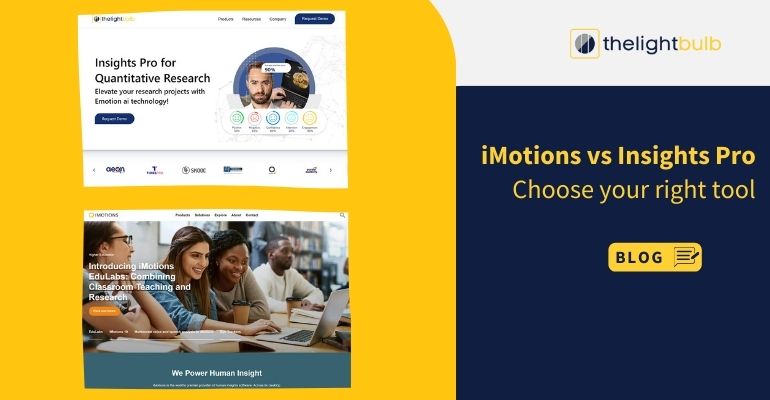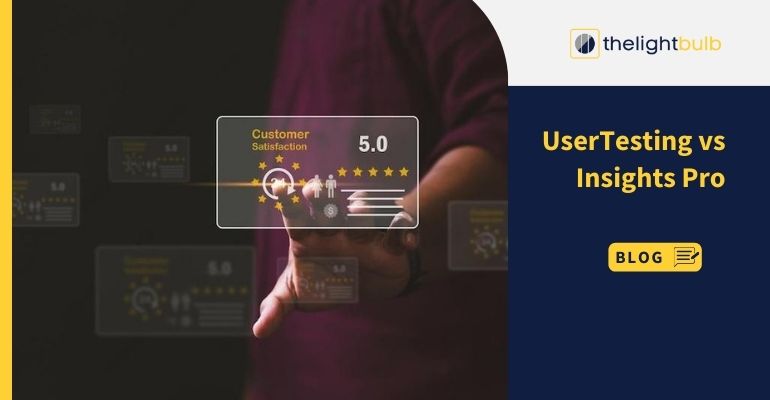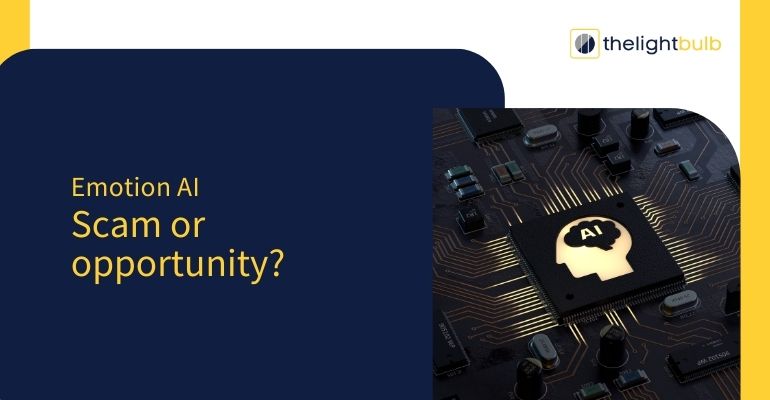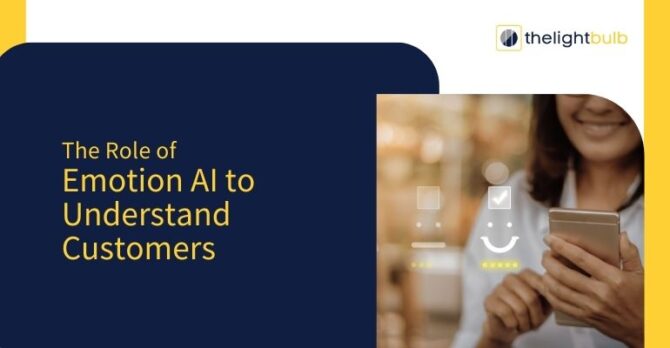
Introduction
In today’s market, digitally transformed brands are pretty much required to have multiple digital touchpoints & access for potential and current consumers. While there are a whole host of digital analytics tools to help brands better understand their existing and potential customers, most data analytics models mainly focus on tracking behavioural touchpoints & consumer opinions through stated responses like surveys, questionnaires, rating scales or review mechanisms, etc.
Those are all methods of the past. Today, brands can obtain immediate and comprehensive insights into a consumer’s subconscious, irrational responses by using Emotion AI. This allows for every remote interaction to be mined for insights and learnings without subjecting users to behavioral filters that come with making a prompted pick or responding to a survey question. And incorporating emotional intelligence into business strategies allows businesses to take a more empathetic approach to customers and connect closely with them.
So, what is emotional Intelligence?
Research indicates that 95% of purchasing decisions are made subconsciously (emotionally), meaning that any business actually needs to appeal to a user’s emotions for success. Accordingly, emotional intelligence, in the business context, refers to the ability to identify, understand, and respond to your customers’ emotions. This enables brands to understand potential consumers better and personalise subsequent remote encounters accordingly for maximum impact and positive outcomes.
Identification of implicit feedback
Typically, consumer feedback was inferred by recording actions – such as trends or changes in purchase behavior as well as other surface-level data, in addition to surveys and focus groups. However, all these methods require waiting for an observable pattern of behaviour across multiple consumers or by creating a full-cycle testing scenario with hundreds of users & this takes a long time, months if not years.
But in today’s dynamic environment, it is possible to respond real-time to specific consumer behaviour via the analysis of their emotions and engagement levels during their interaction with the brand’s product, service or experience, as an emotional reaction to a brand, product, or advertisement occurs much more quickly than a rational one.
Emotion AI harnesses this instinctive, unfiltered feedback & as a result, companies can run ad campaigns, deliver product experiences, and share messaging that resonates with customers in a timely and action-oriented manner.
Lesser the time, Lower the cost.
By utilising Emotion AI, brands can monitor, identify and tap into the subconscious behaviour that drives 95% of all purchase decisions. A complete picture of the user’s emotional state emerges more rapidly, humanising the experience and helping product & business teams identify which aspects of the product / features generate the most user enthusiasm and engagement or doubt. Early consideration of these details in the go-to-market strategy can drastically alter business outcomes & also work to help post-launch iterations.
While traditional feedback methods like surveys, polls, and focus groups will always have a place, the modern digital market expects more. Emotion AI is the key to streamlining development, speeding up the go-to-market process, and maximising ROI.


So how does Emotion Ai work?
Multimodal emotion data inputs
To truly understand
Most consumers generate three kinds of emotion data during remote interactions – visual (facial expressions, gestures, head-positions, body language, etc), speech (words spoken) and audio (tonality, pitch, speed, intonation, etc) – and all these data inputs together help map the emotional and engagement state of the user during the remote interaction.
Emotion Ai uses machine learning, NLP and sentiment analysis to draw insights and conclusions to provide to businesses – both in real-time and after the interaction.
Emotion mapping to user experience
The true magic of emotion AI is in the mapping of a user’s experience during a live or async interaction with their feelings/emotions and engagement. The analysis of these emotional trends allows businesses to understand what part of the user experience delighted users and which part of the user experience disgusted or irritated users and also allows them also to zero in on potential issues that users are facing while using their product, service or platform. This level of understanding and detail is not possible with traditional feedback methods, which do not do a second-to-second mapping of the user’s experience along with their reactions.
About Us
Lightbulb.ai is an emotion artificial intelligence and engagement analytics platform that creates real-time emotion artificial intelligence and engagement analytics for remote encounters. Lightbulb’s emotion artificial intelligence platform is browser based, independent of VC tools, and works as a standalone web application and an integration-based model with APIs and SDKs.
Lightbulb has scanned over 3.4 million faces & its face-detection, emotion-recognition, and interaction mapping capabilities exhibit great accuracy and favourably compare with market leaders. Lightbulb offers detailed emotion & engagement maps that take into account visual, audio, and speech data for a holistic perspective of the user’s emotional state during a remote encounter, along with real-time alerts and value-adding application layers for insights.
Learn more about us at www.thelightbulb.ai Or click here to get a call back from our team: https://thelightbulb.ai/contact-us/.



